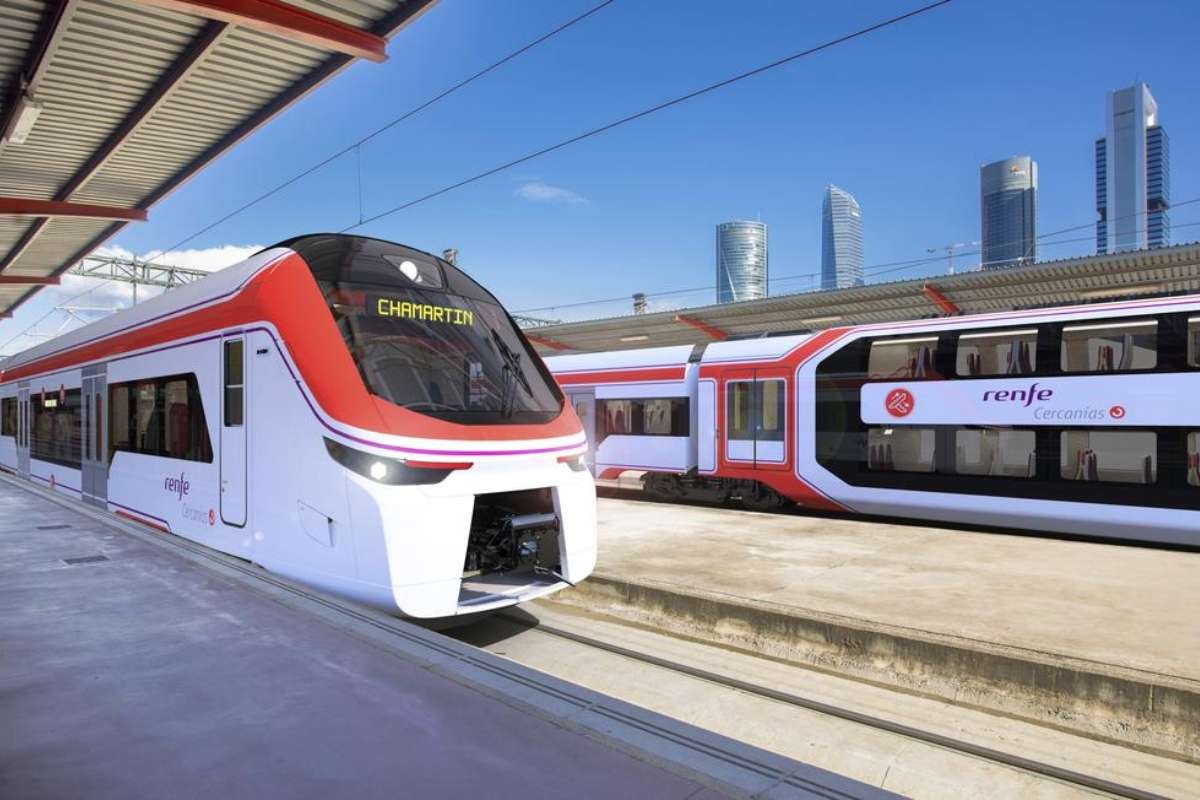Key Points:
- AMD and OpenAI partner for 6 GW AI compute power by 2026.
- AI boom strains energy grids, with U.S. demand rising fast.
- Energy innovation is critical to sustain AI growth.
In a move poised to reshape the global AI computing landscape, AMD and OpenAI has announced a major multi-year partnership to provide cutting-edge GPU infrastructure for the company’s next wave of artificial intelligence systems.
Under the agreement, AMD will supply hardware capable of supporting up to 6 gigawatts of compute capacity, marking one of the largest AI infrastructure deals to date. The rollout will begin in 2026 with the deployment of the MI450 accelerator chips, forming the foundation of OpenAI’s new high-performance computing clusters.
The deal also includes a stock-based incentive structure, granting OpenAI warrants for up to 160 million AMD shares, tied to performance and delivery milestones. AMD leadership described the partnership as a long-term collaboration that positions the company as a key player in the AI infrastructure market, historically dominated by Nvidia.
Following the announcement, AMD’s stock surged by more than 25%, reflecting investor optimism about the company’s expanding role in the rapidly growing AI hardware segment. Executives emphasised that the pace of deployment would depend largely on manufacturing readiness and the availability of stable energy resources to power such large-scale computing operations.
AI Growth Sparks Power Grid and Sustainability Challenges
While the partnership highlights the booming demand for AI infrastructure, it also intensifies a growing concern: the strain on the global power grid. The rapid expansion of large-scale data centres has significantly increased electricity demand, with analysts estimating that the U.S. alone may require an additional 60 gigawatts of power capacity by the end of the decade to sustain AI and data workloads.
AI training models and real-time inference tasks consume enormous amounts of electricity, prompting data-centre operators to explore self-sustaining solutions. OpenAI’s recent projects include facilities equipped with onsite natural gas generation, designed to reduce dependence on local utility grids and ensure uninterrupted power availability.
Industry experts warn that AI’s accelerating energy appetite could soon surpass what traditional power infrastructure can supply. The challenge is prompting companies to rethink how they design and operate data centres — shifting toward hybrid energy solutions that combine renewable sources, microgrids, and backup power systems.
The Road Ahead: Innovation Meets Infrastructure
The AMD and OpenAI alliance represents more than just a technology partnership — it underscores the growing interdependence between AI innovation and energy infrastructure. While AMD will strengthen its foothold in the GPU market, OpenAI gains access to scalable computing power crucial for training advanced models and expanding AI-driven products and services.
However, the success of such large-scale ventures will hinge on solving one of the AI industry’s most pressing bottlenecks: energy availability. Building additional power plants, accelerating grid modernisation, and adopting greener technologies will be vital to sustaining this rapid growth.
As global demand for AMD and OpenAI continues to surge, this partnership may set the tone for how technology and energy sectors collaborate in the coming years. The deal signals a future where breakthroughs in artificial intelligence will depend as much on power generation and infrastructure innovation as on silicon engineering and algorithmic advancement.
Visit The Enterprise World for the most recent information.


















